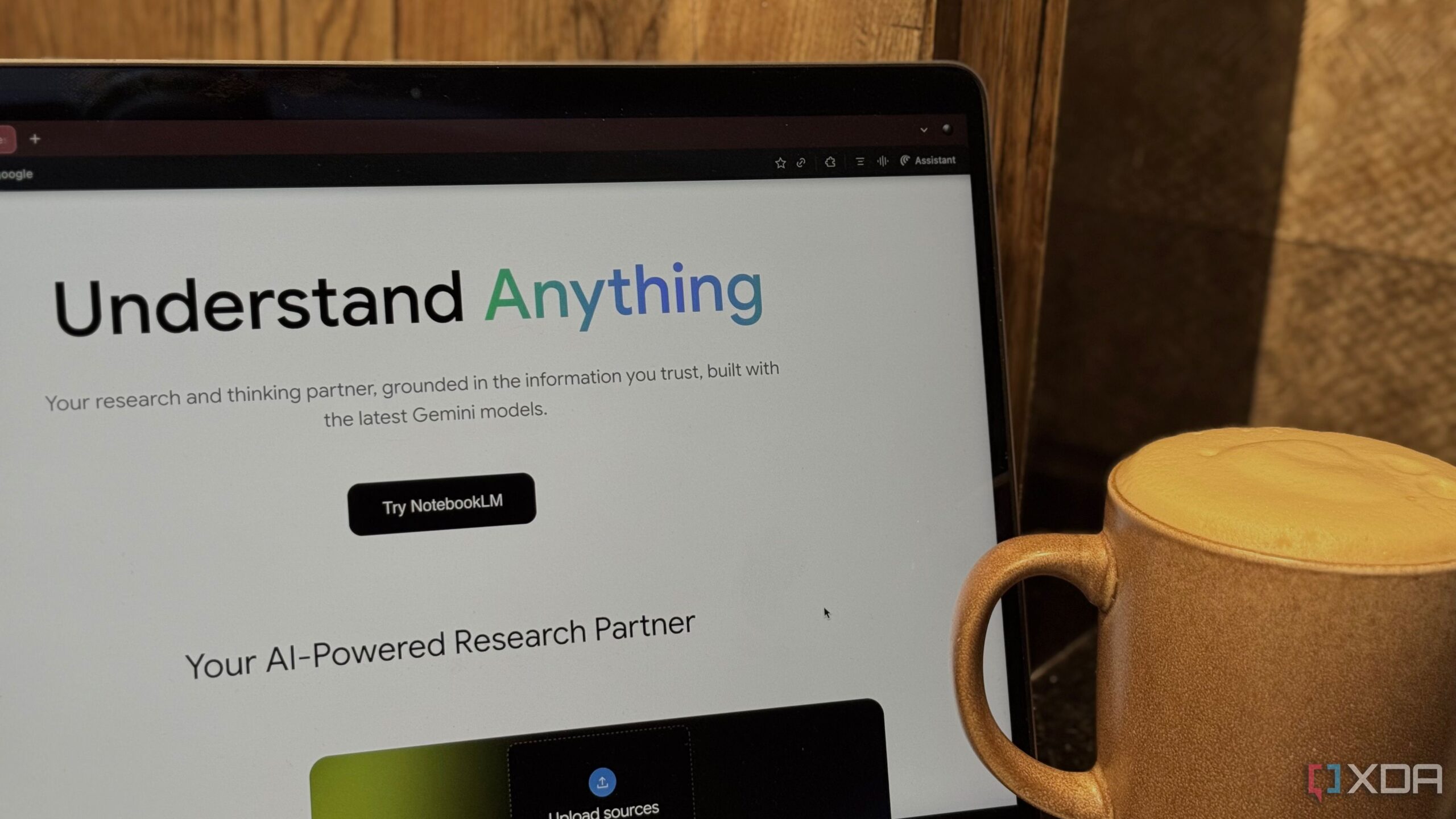Google’s NotebookLM is often mischaracterized as a simple note-taking application. While it has gained popularity among students and researchers for its versatility, it is fundamentally designed as an AI research tool and thinking partner rather than a traditional platform for capturing and organizing notes.
The name “Notebook” may create confusion, leading many to assume it functions like conventional note-taking apps. In reality, NotebookLM serves a specific purpose: assisting users in processing and referencing information they have already gathered. According to Google, the tool is meant to enhance productivity by allowing users to interact with their uploaded sources in innovative ways.
Understanding the Core Functionality of NotebookLM
NotebookLM operates differently from standard note-taking applications, which typically offer dedicated spaces for writing and organizing thoughts. In contrast, NotebookLM does not present users with a blank page for brainstorming. Instead, it requires users to upload their materials first. Once sources are added, users can generate various outputs, such as podcasts or organized reports, but this process follows an initial information-gathering phase.
The absence of an organization system is a significant departure from traditional note-taking tools. Most note-taking applications provide features like folders, tags, and notebooks that enable users to structure and retrieve their ideas over time. NotebookLM lacks these functionalities, which has led to some frustration among users seeking to use it as a primary note-taking tool.
NotebookLM requires users to create a new notebook or select an existing one before they can utilize its features. While this may sound like a familiar organizational structure, it does not function effectively. Users must manually sort content into notebooks, and there is no tagging or sorting system available to facilitate easy retrieval of information. This limitation can quickly lead to confusion, especially for those managing multiple projects or subjects.
Creating a Workflow with NotebookLM
Despite its limitations, users can adapt NotebookLM into their workflow by combining it with other note-taking applications. For example, a student managing several courses could use a platform like Notion for note-taking while employing NotebookLM for research assistance. This hybrid approach allows users to benefit from both systems: capturing and organizing thoughts in a traditional format while leveraging NotebookLM’s capabilities to process information more deeply.
The Notes feature in NotebookLM permits users to jot down ideas and thoughts while exploring their research. Each notebook can accommodate up to 1,000 notes, providing ample space for capturing insights. However, the lack of advanced organizational tools means users will need to manage their notes manually, which may not be appealing to everyone.
For those interested in maximizing their use of NotebookLM, resources are available on platforms like XDA, which offer guidance on integrating NotebookLM with popular note-taking applications such as Notion, Google Keep, and Evernote. This combination can create a more seamless experience that caters to the needs of students and professionals alike.
In conclusion, while Google’s NotebookLM presents innovative features that can enhance research productivity, it is essential to recognize its intended purpose as an AI research tool rather than a straightforward note-taking application. Users seeking to organize and capture their thoughts may find greater satisfaction by employing NotebookLM in conjunction with traditional note-taking software.







